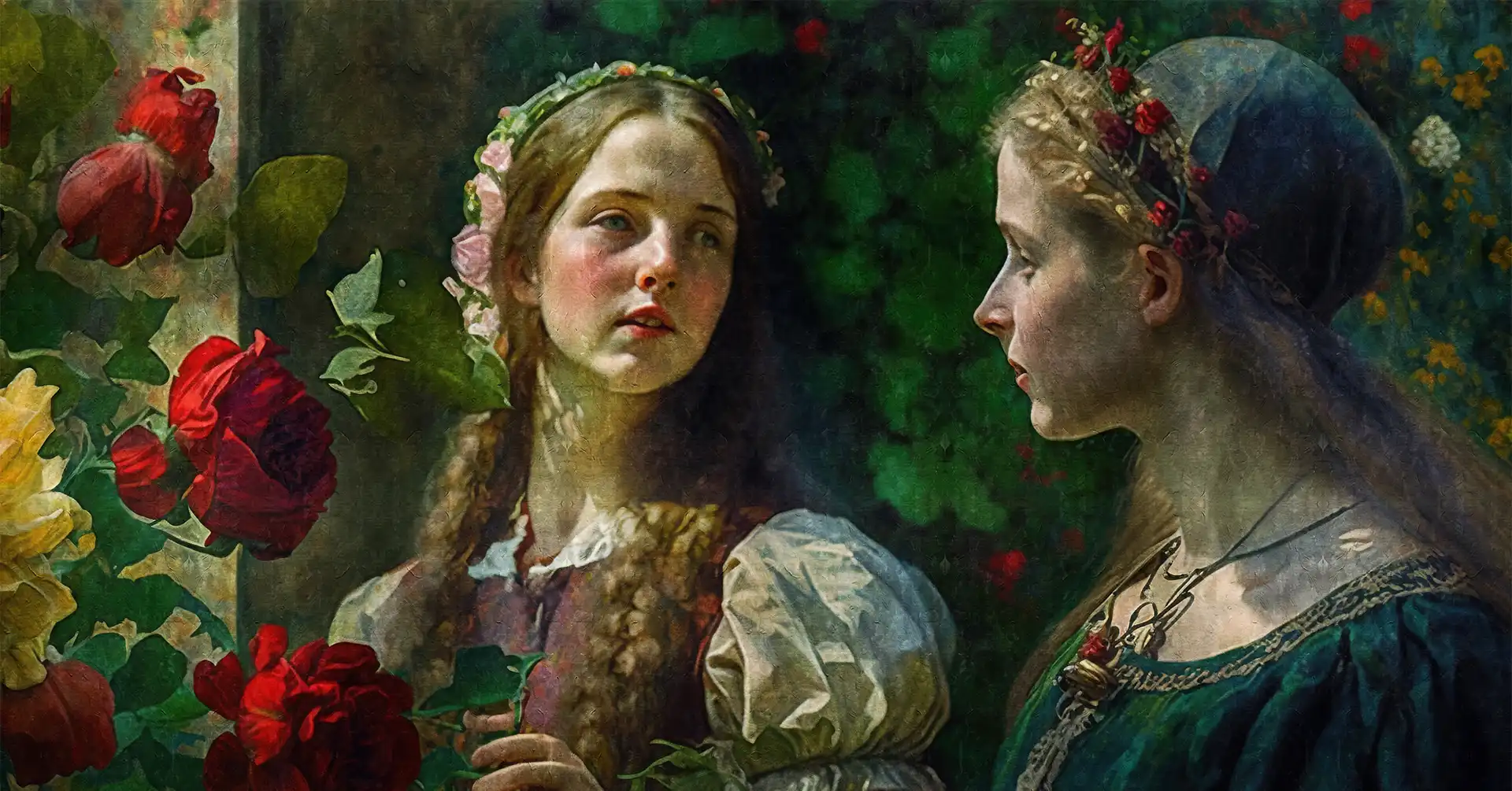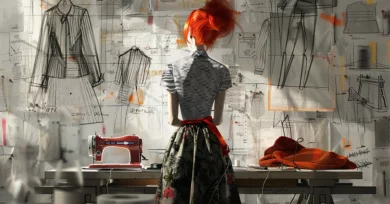All the art enthusiasts assemble as we explore deep into the realms of Romanesque art. In this article, we will be briefly dealing with the history and background of the Romanesque art. So, keep reading this article till the end as it brings you to the rich heritage of Romanesque art.
Romanesque Art:
Folks, if you want to explore Romanesque art, let me tell you that it is the first international style since antiquity. The term ‘Romanesque’ means in the manner of Romans. It was first coined in the early nineteenth century. However, today, the term refers to the art that survived during the second half of the eleventh century and throughout the twelfth. However, in certain regions, romanesque art continued to survive in central Italy during the Thirteenth century. The most fascinating fact about Romanesque art is that the transmission of ideas took place from the increased travel along the pilgrimage routes to the shrines, which are Santiago de Compostela in Spain, or it can also be as a consequence of the Crusades, which had passed through the territories of the Byzantine empire.
So, in brief, Romanesque art is art which had been created from the late tenth century to the rise of the Gothic style in the 13th century or later, which also depends on the region
Now that you all understand Romanesque art well, head to the next section of the article, where we tell you about the source of inspiration behind Romanesque art.
Romanesque Art- The Source of Inspiration:
If art form has got some source of inspiration Romanesque art is no different. Romanesque architecture was the first distinctive style to spread across Europe after the collapse of the Roman Empire. There has been a bit of misconception among 19th-century art historians that Romanesque architecture was the continuation of Roman styles. Along with the Romany bricks and stone building techniques, which were pretty much lost in most parts of Europe. When you look at the northern side of the countries, you will find that the Roman style, as well as the methods, had been only adopted for the official buildings, and in the region of Scandinavia, they were unknown.
However, there has been an exception; several great Constantinian basilicas have continued to exist in Rome since as an inspiration to the later builders. If You want to look at Romanesque art, then you have to glance at the greatest building of the Dark Ages in Europe. It was the artistic child of the octagonal Byzantine Basilica of San Vitale in Ravenna, that was built in the sixth century.
Relation of Romanesque Art and Architecture:
The most important relation of Romanesque art is that there is a fundamental relation of the church architecture during the time of the late 10th century. You can see this in the example of the curvature of the apse of a church in the apse wall painting from the church of Sant Climent in Taüll (also known as Saint Clement). It is the most important art form emerging during this period, and it was also seen in architectural sculpture. These sculptures were used to decorate the churches built of stone
There were many great sculptors during this time who had started their journey as stone masons. You will find a remarkable similarity between the architecture as well as the sculpture in the churches during this period. However, the two most important sculptural forms that had emerged during this time were the tympanum (the lunette-shaped space above the entrance to a church) and the historiated capital (a capital incorporating a narrative element. Usually an episode from the Bible or the life of a saint). These were the two most important sculptural forms of this time, and you will find the Tympanum at the west entrance to the Authun Cathedral. It represents appropriately the part of the church which – The Last Judgement.
Influence of Ancient Rome on Romanesque Art:
Folks, one of the most important influences in Romanesque art is the influence of Rome. Especially in their sculptures, you will find a lot of the influence of ancient Rome. These sculptors have survived in large quantities, especially in Southern Europe. You will see this influence, especially in a marble relief that represents the calling of St. Peter and St. Andrew from the front frieze of the abbey church of the Sant Pere de Rodes on the Catalonian coast.
The imprint that will be seen in these sculptors was made with the help of a Roman device called the drill, along with the effect of the industrialization of the faces. You will also see some classical influence frequently mediated through an intermediary and, most importantly, from Byzantine Art. Not only this, but there has also been influence through the earlier medieval styles, which absorbed elements of the classical tradition such as Ottonian art.
Religion and Romanesque Art:
You will also find a lot of monasteries associated with the Romanesque art. They are not the only center of production, and this art form is also associated with the towns revived and expanded during this period for the first time since the fall of the Roman Empire. This was a consequence of the broad economic expansion. These examples include Assisi in Umbria with its Romanesque cathedral or the newly founded town of Puente La Reina in northern Spain on the pilgrimage route to Santiago de Compostela.
Also, the important thing to know about Romanesque Art is that the most part of it is the religion. You can see it in the images, but only part of the images of these religions have survived. You can find examples of such imagery from the secular period.
Painting:
When discussing Romanesque art, it would be unfair not to talk about the paintings that come with it. Aside from the art, you will find that the art of this period was characterized by a vigorous style in both painting and sculpture. In the churches, you will see that the paintings continued to follow the Byzantine iconographic models. Some common depictions include- Christ in Majesty, the Last Judgement, and scenes from the Life of Christ. You will also find this period’s most lavishly decorated examples in illuminated manuscripts, such as the Bibles or the Psalters. You will find a lot of the depictions in the paintings of the Romanesque Art.
Now that you all have got a good understanding of the Paintings of Romanesque Art. Head to the next section of the article to learn about the sculptors who were included in Romanesque art.
Sculptors:
The sculptors seen in Romanesque art included a vigorous style and were evident in the carved capitals of the Columns. They were used for the depiction of the complete scenes, which consisted of several figures. The precious objects sculpted in metal, enamel, and ivory, such as reliquaries, also had high status in this period. As we had mentioned earlier, the Romanesque sculptors focussed on creating sculptures. From the tympanums and expanded their treatment to the same.
Conclusion:
Folks, these evidences suggest that the Romanesque art is all about the rich cultural confluence of the Roman empire and the modern art form. With the evolution of time, Romanesque art has continued to grow at a rapid rate. That’s all, folks. I hope the article will help you to get all the information you need.
Also Read:
Apps for Rome Trip: All-Inclusive Travel Solutions
Roman Catholic Church and The Holy Sacrements that Are Gateway to Divinity!






